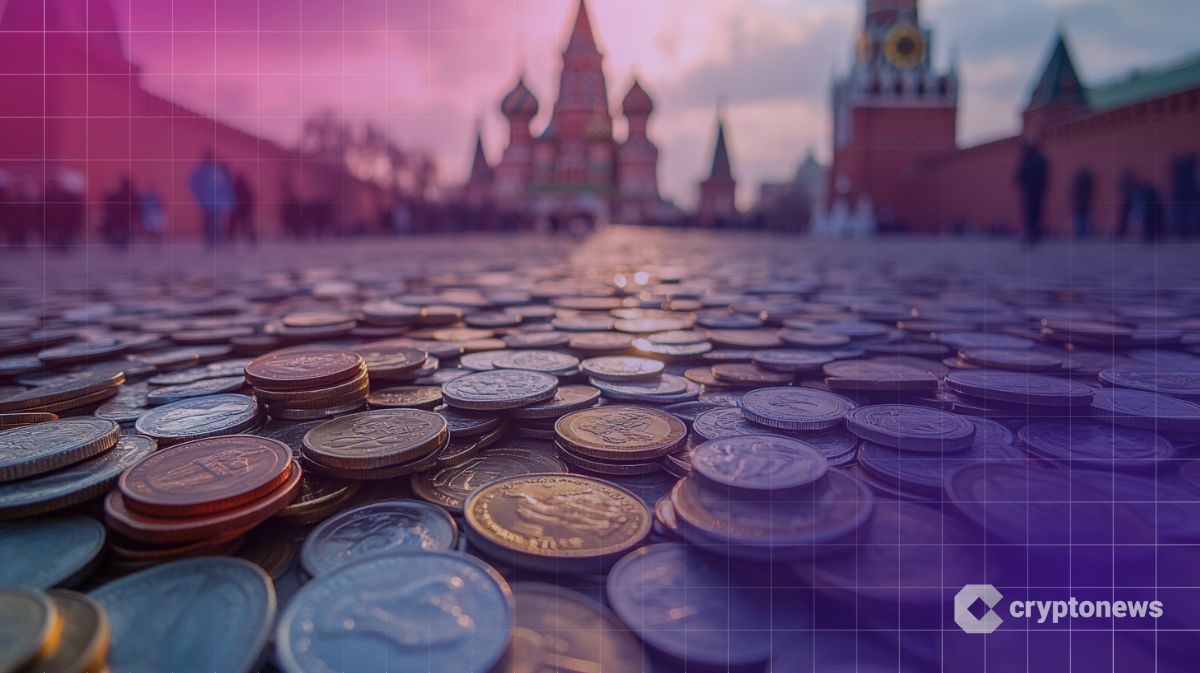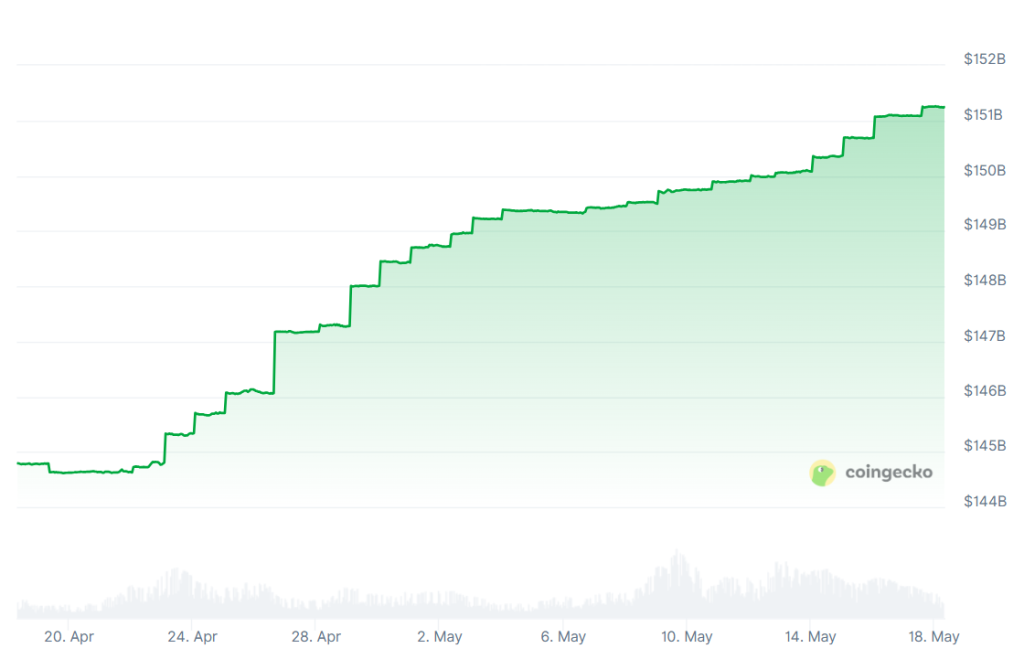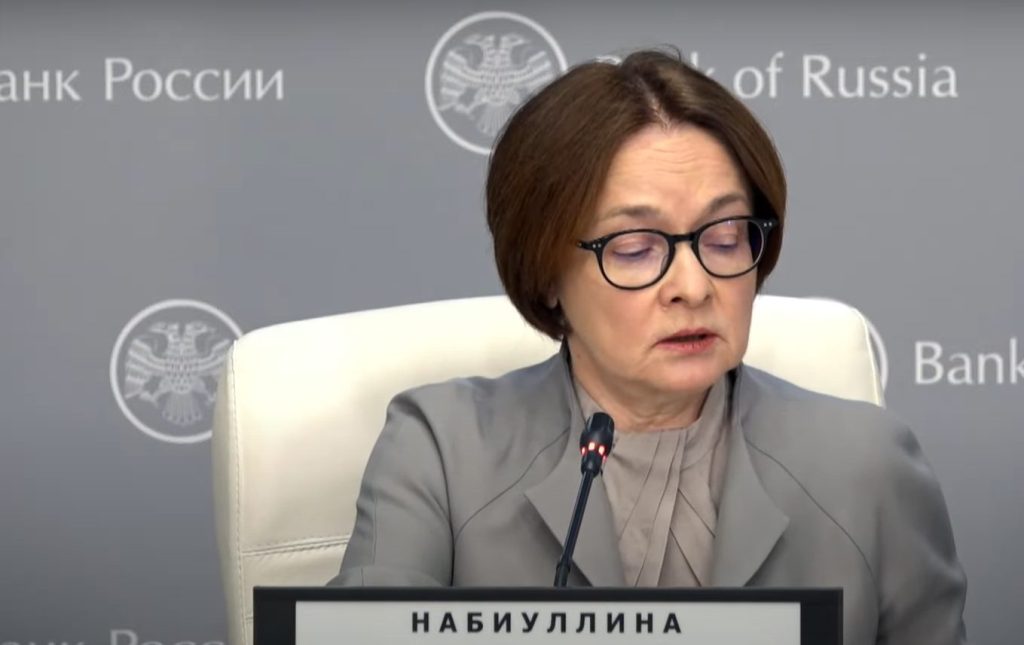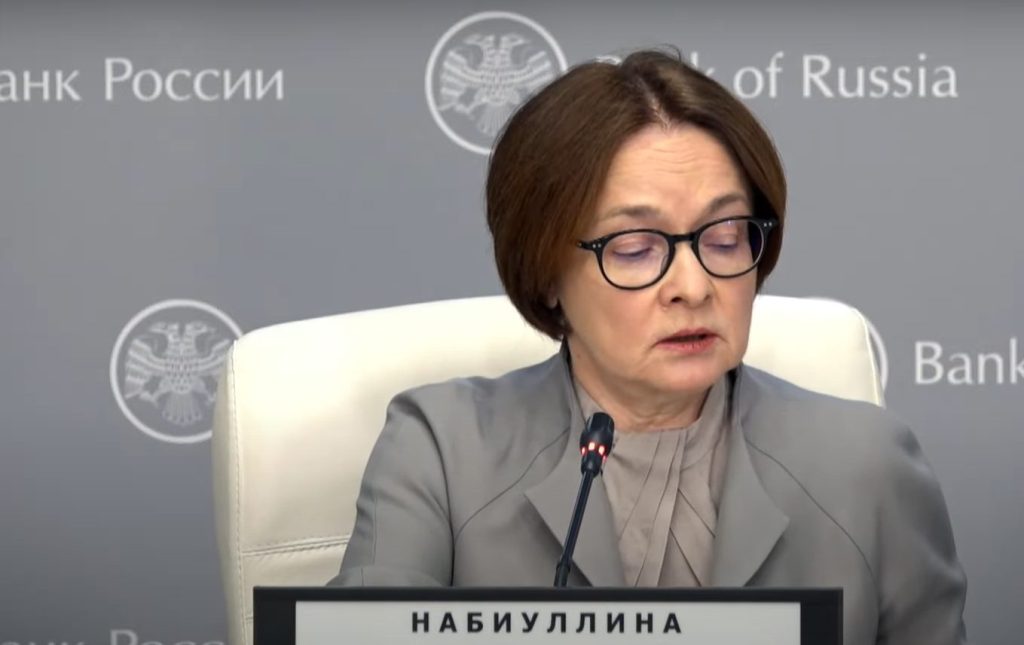
New Central Bank crypto regulations could effectively outlaw Tether (USDT) trading in Russia, experts have explained.
However, they say that the new rules would not preclude Russian firms from using USDT or other stablecoins as payment or settlement tools in cross-border trade deals.
USDT Trading in Russia: Under Threat?
The media outlet RBC reported that the bank has issued rules ahead of its approval of trading within its crypto sandbox. The rules are set to come into force on May 26.

The sandbox was established with the view of allowing Russian firms to use crypto in international trade deals. It operates under the Central Bank’s supervision.
Moscow is preparing to expand this sandbox in the coming weeks. This will see qualified or “super- qualified” investors given permission to trade crypto on Central Bank-approved exchange platforms.
However, the bank’s latest rules set out parameters for the kind of coins investors will be allowed to trade.
These rules note that coins “must not be related to securities issued by hostile issuers.” They also make note of the need to deal with projects with a foothold in “friendly countries.”
Here, “hostile” refers to countries that have imposed or adhere to sanctions regimes on Russia. And “friendly” refers to nations who take a neutral stance toward Moscow.
The rules also include clauses that appear to ban the use of coins that could “possibly be blocked by either the issuers themselves or the payment agents or individuals who control them.”
This also appears to refer to the possibility that operators could be ordered to burn tokens belonging to Russians.
Other Stablecoins Also Under Threat?
The Central Bank did not explicitly name any cryptoassets in its rules, nor did it speak directly about a possible USDT ban.
But experts concur that most popular USD-pegged stablecoins would not fit the bank’s requirements.
Georgy Gukasyan, Director of the Tax and Legal Department at DRT (formerly Deloitte’s Russian Branch), said that the Central Bank’s definitions were “quite broad and may cover some stablecoins.”
Mikhail Uspensky, a member of Russia’s expert council on crypto regulation, said USDT “does not meet the bank’s new criteria, meaning it will not be able to circulate in Russia.”
Uspensky added that the bank has been working on the regulations for some time. And he also noted that “the use of stablecoins in international settlements is not prohibited.”

KYC Complications
Gukasyan, meanwhile, explained that Tether’s obligations to provide fiat US dollars to USDT holders “only exist for a certain group of token holders.”
He explained that in order to claim dollars, USDT token holders must pass Know-Your-Customer and Anti-Money Laundering protocols.
But these same protocols, Gukasyan said, are “fully compliant” with sanctions imposed on Russia.
He said that this means that Tether, “at its sole discretion,” could “refuse to redeem” coins belonging to people who fail to pass its verification checks.
Gukasyan said that the USDT issuer also has the ability to block tokens located “in the wallet of any user, at its sole discretion, at any time.”
The expert pointed at the case of the Russian Garantex crypto exchange as an example. In March this year, American authorities took control of Garantex’s domains and froze $26 million worth of funds.
Tether cooperated with the Washington crackdown, freezing millions of USDT tokens held in Garantex wallets.





